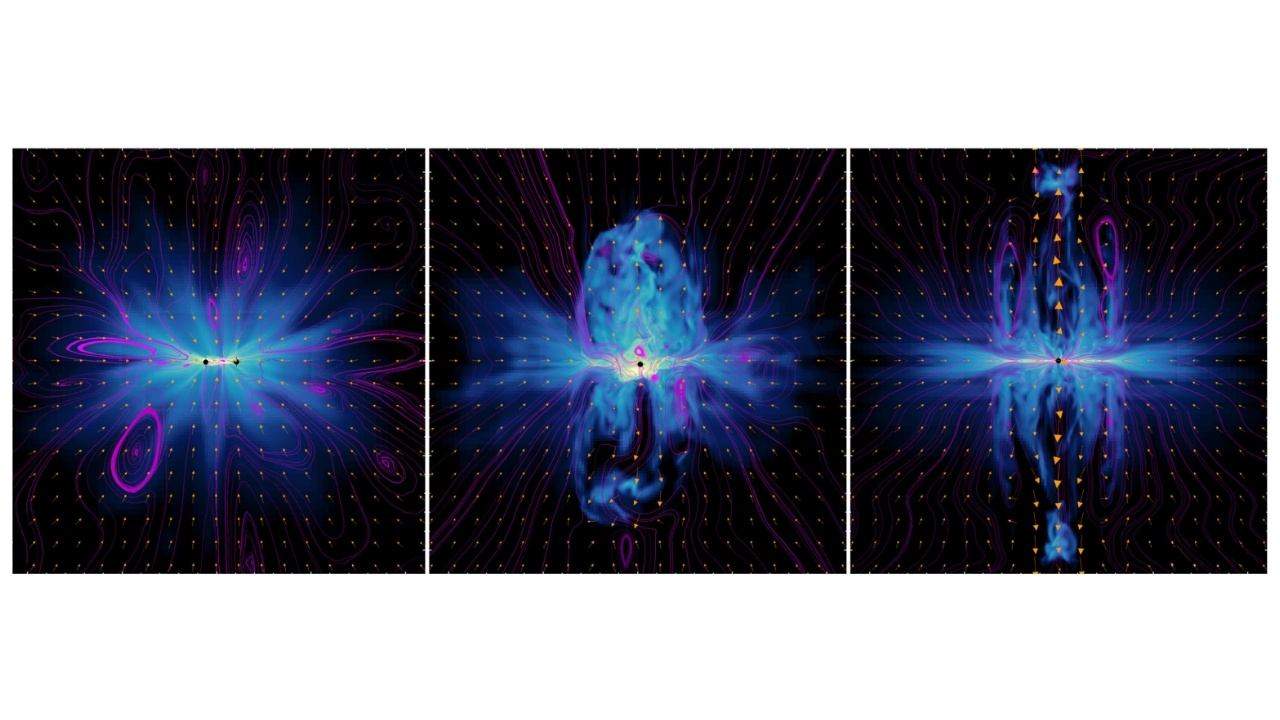
Stellar feedback is a term often thrown around, but what does it really mean? Stellar feedback refers to the insights and responses given by users or customers that help improve a product, service, or experience. It's like a treasure map guiding creators to hidden gems of improvement. Why is it so important? Stellar feedback can transform a good idea into a great one, ensuring that what you offer truly meets the needs and expectations of your audience. Whether you're a student, a professional, or just curious, understanding the power of stellar feedback can make a huge difference in your projects and interactions. Ready to learn more? Let's dive into 25 fascinating facts about stellar feedback!
What is Stellar Feedback?
Stellar feedback is a fascinating concept in astronomy. It refers to the processes by which stars influence their surrounding environment. This can include anything from the radiation they emit to the supernova explosions they cause.
-
Stellar feedback helps regulate star formation in galaxies. Without it, galaxies could form stars too quickly, exhausting their gas supplies.
-
Supernova explosions are a dramatic form of stellar feedback. These explosions can trigger the formation of new stars by compressing nearby gas clouds.
-
Radiation from young stars can heat up surrounding gas, preventing it from collapsing to form new stars.
-
Stellar winds from massive stars can blow away gas, affecting the star formation process in their vicinity.
-
Cosmic rays produced by supernovae can ionize gas, making it harder for new stars to form.
How Does Stellar Feedback Affect Galaxies?
Stellar feedback plays a crucial role in shaping galaxies. It influences everything from their structure to their star formation rates.
-
Galactic winds driven by stellar feedback can carry gas out of galaxies, affecting their evolution.
-
Feedback mechanisms can create bubbles and cavities in the interstellar medium, altering the distribution of gas and dust.
-
Starburst galaxies experience intense periods of star formation, often driven by stellar feedback processes.
-
Feedback from supermassive black holes in the centers of galaxies can also influence star formation and galaxy evolution.
-
Dwarf galaxies are particularly affected by stellar feedback, which can blow away much of their gas and limit their star formation.
The Role of Stellar Feedback in Star Formation
Stellar feedback is a double-edged sword when it comes to star formation. It can both trigger and inhibit the birth of new stars.
-
Shock waves from supernovae can compress gas clouds, leading to new star formation.
-
Radiation pressure from massive stars can push gas together, triggering star formation in some regions.
-
Feedback processes can also heat up gas, preventing it from collapsing to form new stars.
-
Turbulence induced by stellar feedback can mix gas, affecting its ability to form stars.
-
Feedback from young stars can create regions of ionized gas, known as HII regions, which are sites of active star formation.
Observing Stellar Feedback
Astronomers use a variety of techniques to study stellar feedback and its effects on galaxies and star formation.
-
Radio telescopes can detect the gas and dust affected by stellar feedback.
-
Infrared observations can reveal the heat emitted by dust grains heated by stellar radiation.
-
X-ray telescopes can observe the hot gas produced by supernova explosions and stellar winds.
-
Optical telescopes can capture the light from ionized gas regions created by young stars.
-
Computer simulations help astronomers understand the complex interactions involved in stellar feedback.
Interesting Facts About Stellar Feedback
Stellar feedback is a rich field of study with many intriguing aspects and discoveries.
-
Feedback processes can create beautiful structures like the Pillars of Creation in the Eagle Nebula.
-
Stellar feedback is thought to play a role in regulating the size and shape of galaxies.
-
Feedback mechanisms can influence the chemical composition of galaxies by distributing heavy elements produced in stars.
-
Stellar feedback can affect the intergalactic medium, the space between galaxies, by spreading energy and matter.
-
Understanding stellar feedback is crucial for building accurate models of galaxy formation and evolution.
Final Thoughts on Stellar Feedback
Stellar feedback isn't just a buzzword; it's a game-changer. Understanding its importance can transform how you interact with others, whether in a professional setting or personal life. Positive feedback boosts morale, while constructive criticism helps improve skills and performance. Remember, the key is balance. Too much praise can seem insincere, and too much criticism can be demoralizing. Aim for feedback that's specific, timely, and actionable. This way, you create an environment where everyone feels valued and motivated to improve. Don't underestimate the power of a well-placed compliment or a thoughtfully delivered critique. Both can make a world of difference. So, next time you're in a position to give feedback, think about how you can make it stellar. Your words have the power to inspire, motivate, and drive change. Use them wisely.
Was this page helpful?
Our commitment to delivering trustworthy and engaging content is at the heart of what we do. Each fact on our site is contributed by real users like you, bringing a wealth of diverse insights and information. To ensure the highest standards of accuracy and reliability, our dedicated editors meticulously review each submission. This process guarantees that the facts we share are not only fascinating but also credible. Trust in our commitment to quality and authenticity as you explore and learn with us.
